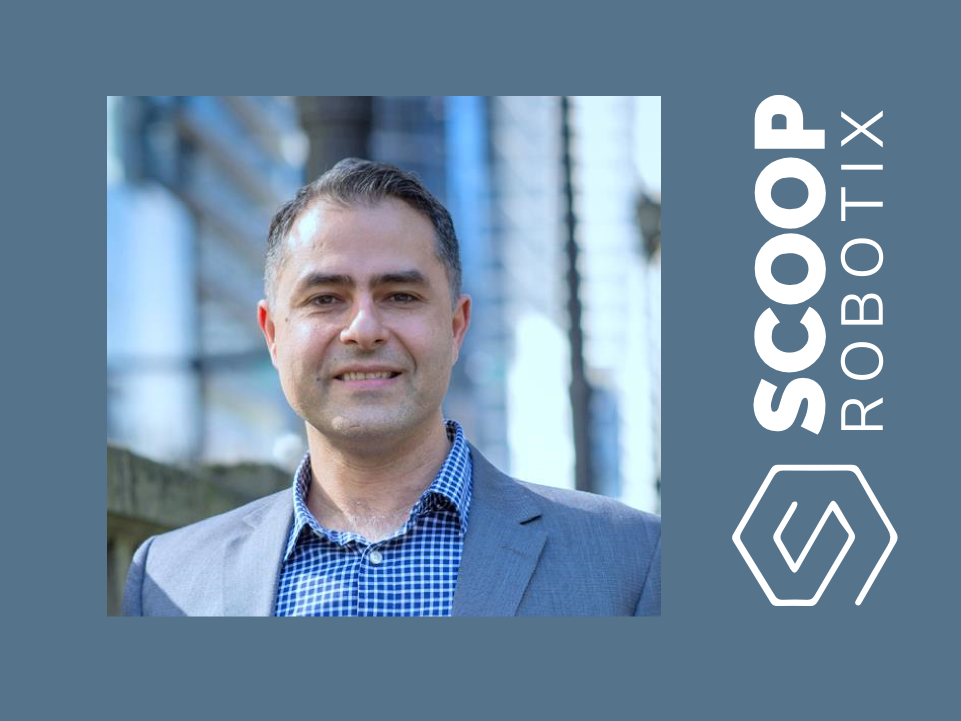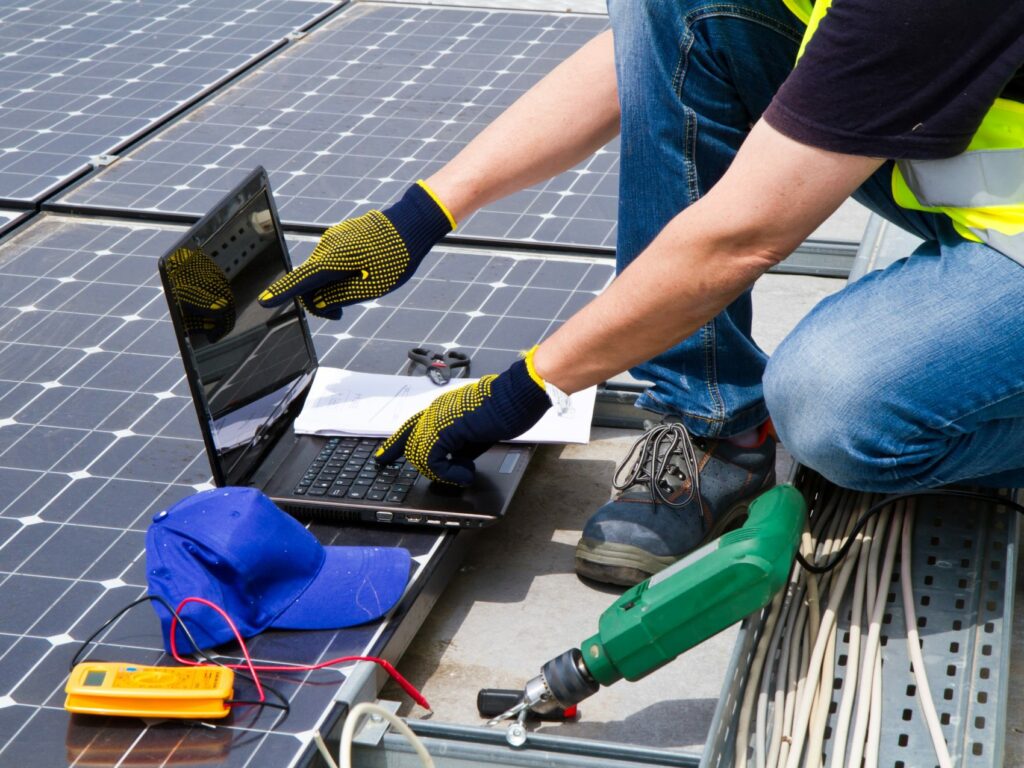What is the difference between the string inverter vs microinverter? What are the pros and cons of each? Which should you recommend to your solar clients? Keep reading to find out.
Inverters are at the heart of every solar installers’ job. Solar panels produce direct current electricity from the sun, but an inverter makes that energy usable by homes, businesses, and the rest of the electrical grid by converting it into alternating current electricity.
For most of the solar industry’s history, there has only been one functional choice when it comes to inverter technology: the string inverter. But in recent years, newer microinverters have come to challenge the dominance of string inverters in both residential and commercial installations.
When it comes to choosing between string inverters and microinverters, which is the better choice for your customers, the solar systems, and your own processes? Today, we’ll take a look at the advantages and disadvantages of each type of inverter and how you can determine which is best for your next installation.
String Inverters: The Reigning Champion
The string inverter is the solar industry standard because they’ve been around since long before the recent wave of solar installations. When using a string inverter, the solar panels are wired in series to a single inverter. Depending on the size of the installation, that could mean all of the solar panels are wired in single series to a single inverter or that the panels are sub-divided into groups and connected to multi string inverters.
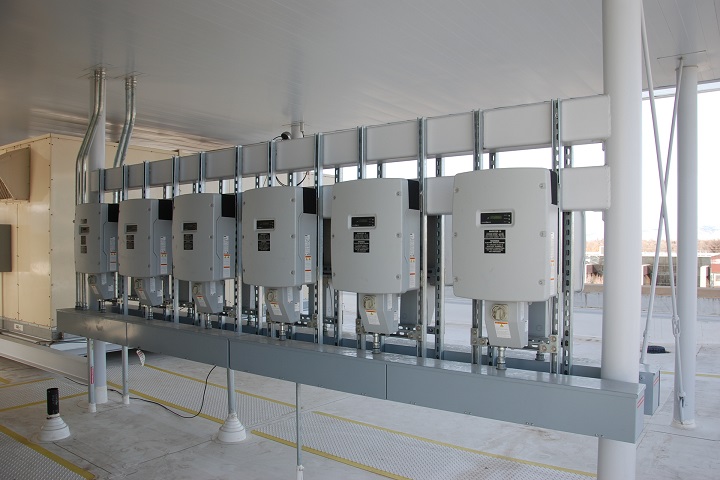
The advantage to string inverters is that wiring solar panels together to one or just a few inverters is time and cost-effective. Better yet, string inverters are reliable and easy to replace–an important consideration since the inverter is the piece of equipment that is most likely to take a solar panel system offline if it fails.
However, configuring a system to use string inverters does have one major drawback. Since the panels are wired in series to the inverter, the power delivered to the inverter is limited to the power output of the least productive panel in the solar power system. That means that if a single panel in a system receives afternoon shade or becomes partially obscured by debris, the power generated by the whole system will suffer. While power optimizers–a modified type of string inverter–can help manage unequal power output across panels, any system using string inverters will ultimately lose some of its potential power output.
Microinverters: The Challenger
Microinverters are a relatively recent addition to the solar market. String inverts convert energy from multiple panels, whereas microinverters convert electricity from just one individual solar panel. This means that a solar installation will have as many microinverters as it has solar panels. Some new solar panels even come with integrated microinverters to eliminate the need for additional equipment and installation work.
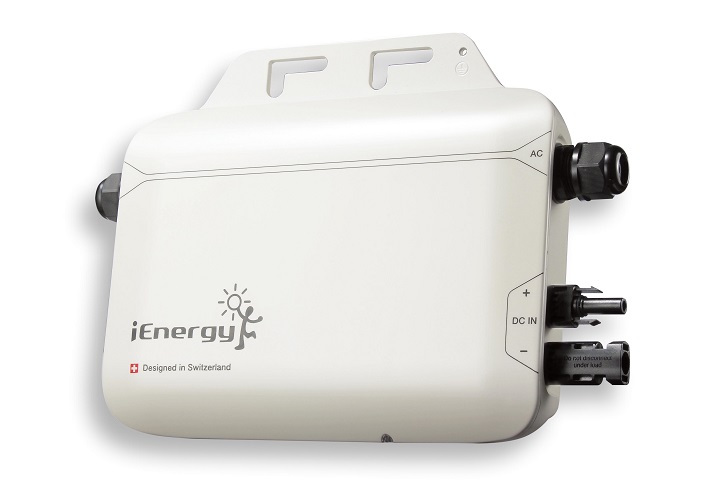
There are several advantages to microinverters. First, they eliminate the issue of electrical bottlenecking that string inverters face. If one panel becomes shaded or inoperable, the remaining panels can continue to produce usable electricity; the total output of the system will only fall by the amount of power lost from that single panel. Second, microinverters typically connect to Wi-Fi systems, which allows you or the system owner to wirelessly monitor the output of each individual solar panel. This feature in particular has made microinverters popular among many homeowners.
The only real disadvantage to microinverters is that they tend to cost more than string inverters, especially for larger installations with more panels (and thus more microinverters). Thankfully, while durability was an issue in the early days of microinverters, the technology is now much more reliable and many solar panel manufacturers offer warranties up to 25 years (compared to only 10 years on most string inverters).
When to Choose a Microinverter vs String Inverter
The simplicity and lower cost of string inverters make them the better choice for the majority of solar installations. On a typical residential installation, you can expect that the cost of microinverters to be about $1,000 higher than for a string inverter. The added cost of using microinverters for larger residential and commercial solar installations, where a significant number of individual solar inverters would be needed, would be even higher.
That said, there are a few cases where the benefits of microinverters can play an important difference in the cost and efficiency of a solar pv installation.
If you are completing a solar panel installation on multiple aspects of a roof, such that there will be a large difference in sun exposure on the panels throughout the day, microinverters can dramatically increase the power output of your system. Keep in mind that while it would be possible to make this system work efficiently by using two or more string inverters, the cost balance shifts in favor of microinverters in this scenario for the majority of installations.
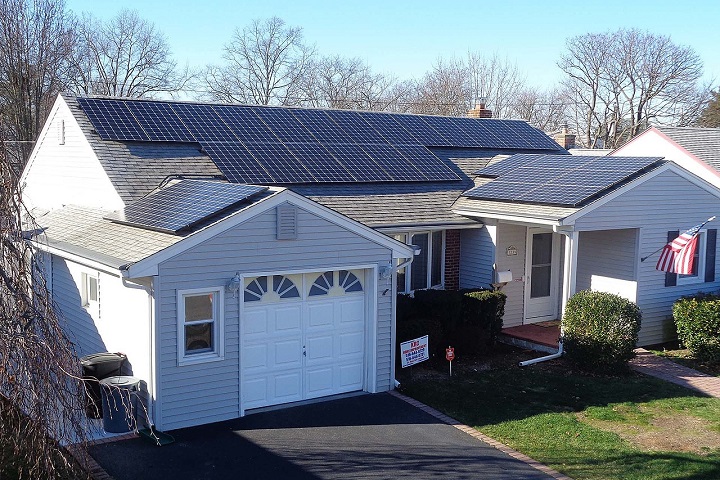
The other situation in which it can be worthwhile to use microinverters is when you’re building onto an existing solar installation. While it’s possible to connect new panels in series to an existing string inverter, that’s often not the most efficient use of the new panels since the older panels in the system will have lost some output over time. Instead, your team can leave the existing string inverter system in place and use microinverters with any new panels to cost-effectively increase the output of the entire solar system.
Keeping Costs Down for Your Customers
The choice between string inverters and microinverters for any solar installation typically comes down to balancing cost and system efficiency. But there are different ways to help control project costs too. Did you know that 64% of the costs of a solar energy system are soft (non-hardware) costs? Realizing this, solar power companies around the country are using mobile workforce management and automation tools to streamline operations, and ultimately deliver more winning quotes and satisfied customers.
Like to learn more? See how you can get with started free with a solar field operations app today.
Solar Inverter FAQs
What is a solar string inverter?
A string inverter converts all of the direct current (DC power) in strings of panels into usable alternating current (AC power) your home appliances use. String inverters are also known as the “central inverter” and have been around for decades, are affordable, and get the job done on most small-scale solar panel installations.
What are micro inverters on solar panels?
A micro-inverter is a relatively small power inverter used to convert a direct current (or DC) form of electricity to a solar panel or a solar cell and then onto an alternating current (or AC) form of electricity. Electricity generated from several micro-inverters is then fed to the electrical grid.
How much do micro inverters cost?
According to this article, a micro inverter costs $1.15 per watt. Microinverters do come at a higher cost compared to string inverters, which cost $0.75 per watt.
What is a transformer for solar panels?
Transformers are a type of technology used in many industries to increase energy efficiency and lower energy costs. Transformers are designed to convert electrical energy from one form to another, such as from DC to AC. This helps save on energy costs by using less power to produce the same level of output. Understanding how Transformers work can help you take advantage of their technology in your own home or business.
What are the different types of solar panel inverters?
The three main solar inverter types include the string inverter (also referred to as the central inverter), microinverters, and power optimizers/inverters.
Updated: December 2022
